Best Film for the Nikon FE2
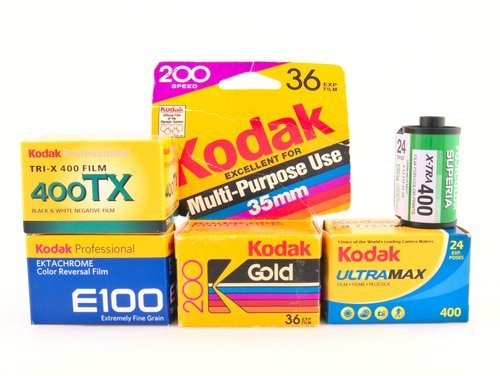
The best film to use in your Nikon FE2 should be based on the available light, lens, and type of film you want to use.
To eliminate having to carry around a flash and/or tripod, purchase a film that has an ISO of 400 or faster.
If you want to be able to to capture photographs indoors or anywhere there is low light, make sure you are using a fast lens. For lens lens recommendations go to my post on the 5 Best Lenses for the Nikon FE2.
Affiliate Links
Outside the Shot is a participant in the Amazon Services LLC Associates Program, an affiliate advertising program designed to provide a means for sites to earn advertising fees by advertising and linking to Amazon.com.
As an eBay Partner, I may be compensated if you make a purchase. I also participate in affiliate advertising programs with KEH and Adorama. More can be found on the Affiliate Discolsure page.
I have purchased gear from all of these companies and I expect them all to receive repeat business from me.
I’m Rebuilding 🏗️
If the page doesn’t have the answer you’re looking for you can email me at contact AT this domain. That account will be checked on Sundays and Wednesdays.
You can also DM me on Reddit /u/OutsideTheShot or post in /r/OutsideTheShot.
Color Film
Consumer
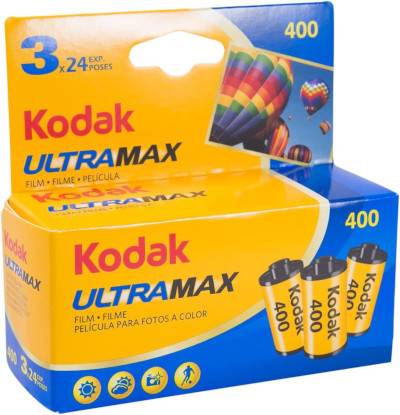
Kodak UltraMax 400 - The film can be used in a wide variety of lighting conditions and is an excellent selection for a 35mm color film. The film is fast enough so that you should be able to handhold the FE2 in almost all circumstances.
The photos will have extremely good skin tones and leans towards the warm side.
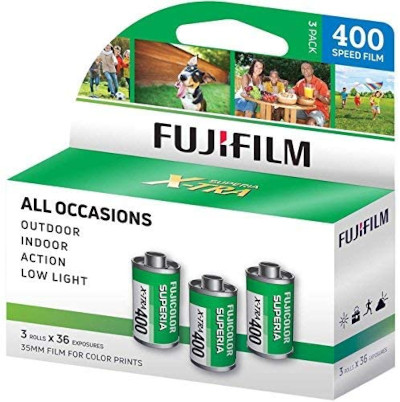
Fujifilm Superia X-TRA ISO 400 - A different option than Kodak that may have greater availability depending on what country you are in.
Fujifilm pictures appear to have cooler colors with notable greens and blues, when compared to Kodak.
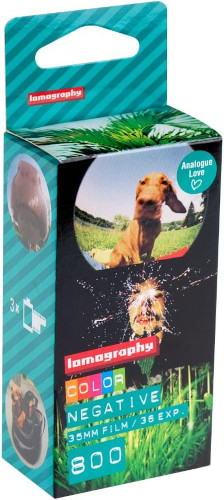
Lomography 800 - You’re limited to a small number of options if you want an ISO 800 speed color film. This is literally the only 35mm film geared towards consumers.
In addition, if you own a medium format camera, Lomography 800 is also offered in 120 film format.
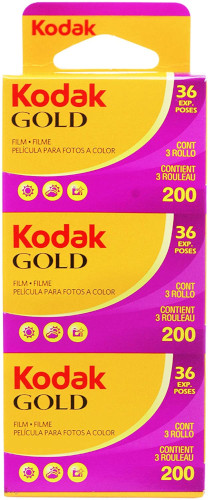
Kodak Gold 200 - A guaranteed means to obtain that mid-1980s through 90s style. Use an on-camera flash to get the “authentic” look.
Over-expose it by 1 or 2-stops to bring out the most popular look the film can achieve. This will help you achieve the beautiful colors people love the film for.
Professional
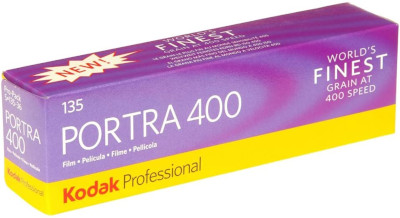
Kodak Portra 400 - By far the most popular color negative film among film shooting enthusiasts online. Overexpose it by 1 or 2-stops to get the overall look the film is known for.
There are also ISO 800 and ISO 160 emulsions of Portra. 8x10 sheets, 4x5 sheets, and rolls of 120 film are also available.
Black and White Film
Consumer
With reasonable costs and good very popular to try in the Nikon FE2.
The major attraction for budget minded photographers and photography students is the reasonable cost. Even if you do not put yourself in that group, it is nice to have low-priced rolls of film on hand for trying out recently purchased used gear.
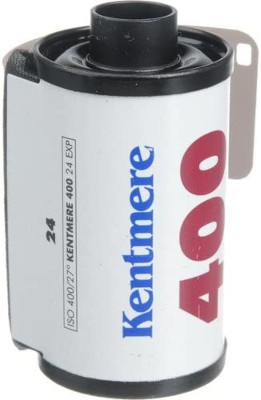
Kentmere 400 - It is manufactured by the parent company of Ilford, Harmon Technology. This is great considering that makes this the most commonly available film of the 3.
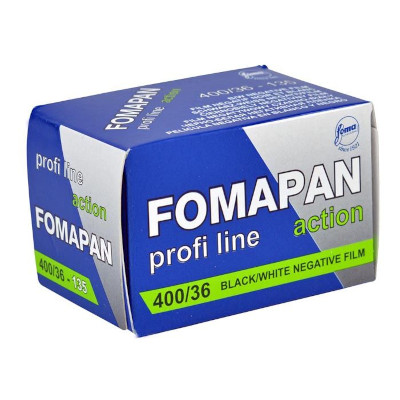
Foma Fomapan 400 Action - Can be less difficult to get in Europe as the film is produced by Foma Bohemia inside of the Czech Republic.
A suitable 35mm film to choose for your initial couple of attempts at analog photography or home developing. Also a good option if you are looking to check out a camera to ensure that it’s totally operational.
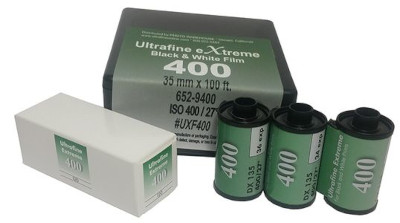
Ultrafine eXtreme 400 - You can get the best price on this film by ordering it from Ultrafine.
They make developer kits for 35mm film, so if you process film at home you could have previously done business with them.
Professional
The two most frequently used black & white 35mm film emulsions are Kodak Tri-X 400 and Ilford HP-5+ 400. They do have many attributes in common that help make them a favourite, while keeping distinctive looks.
You can achieve good quality photos after pushing both emulsions 2-stops. This makes the film versatile as a roll can be shot at ISO 400, 800, or 1600.
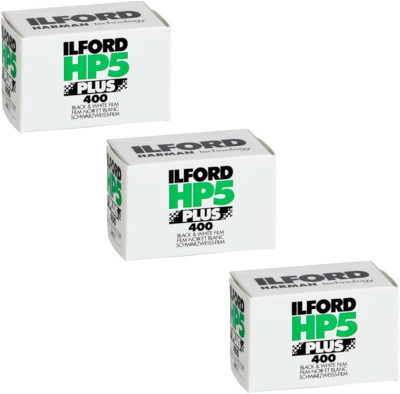
Ilford HP5 Plus 400 - The most important differences are that HP5 Plus has lower levels of contrast and is cheaper when compared to Tri-X. Less contrast can be nice because of the fact contrast can be adjusted when making a print or through digital post processing.
The film stock still looks good when pushed 2-stops. It is also notable for having subtle grain.
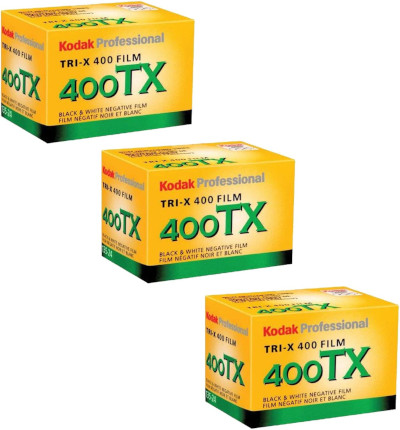
Kodak Tri-X 400 - This film stock has a more distinctive style to it. To reveal the old-school grain structure, contrast, and look of the film, it should be developed in D-76.
Kodak Tri-X certainly has far more contrast. That is perfect if it’s the look and feel you want to have because it involves considerably less work when during digital processing or printmaking.
Slide Film
Transparency film, also known as slide or reversal film, produces a positive picture. This allows the pictures to be showcased with a light box or projector.
Colors are not required to be inverted to be viewable, unlike the more commonly available negative film emulsions.
Slide films have far less dynamic range and latitude than negative films and so they are viewed as more difficult to use.
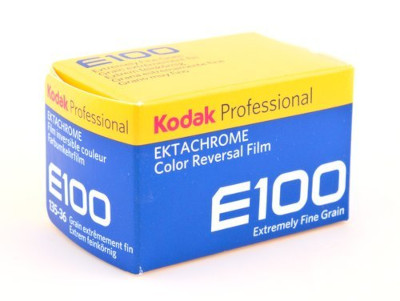
Kodak Ektachrome 100 - The film is known for beautiful skin tones and fine grain. There’s not any hypersaturation of colors. It has a daylight color balance.
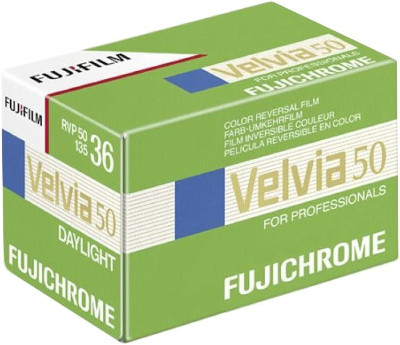
Fujifilm Velvia 50 - Makes beautiful looking pictures that have increased levels of saturation and contrast. It is incredibly sharp and balanced for daylight. It has the best resolving power of any increased increased.
There’s also another speed with an ISO of 100.
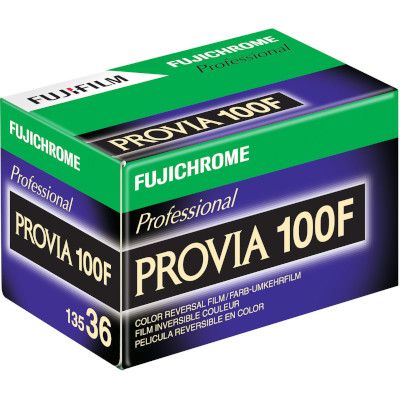
Fujichrome Provia 100F - Creates vibrant and realistic colors with medium color saturation and contrast. It has ultra fine grain with a daylight color balance.
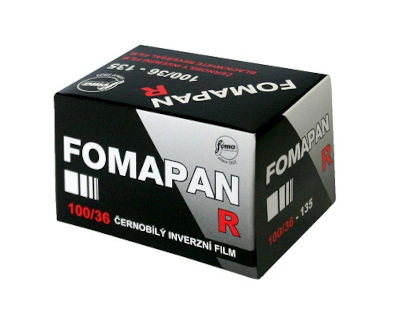
Foma Fomapan R100 - This is a black and white transparency film, reported by Fomapan as having fine grain, high resolving power, and increased contrast. It is also mentioned as a substitute for the discontinued Agfa Scala Film Stock.
Film Basics
Consumer vs Professional Film
Pro film stock have a greater dynamic range, are easier to push, and increased latitude, that is why they will be more expensive.
There might be a big difference in business that sell 35mm rolls of film. Consumer film stocks can generally still be found in big-box stores and pharmacies in anemic quantities. Pro film emulsions usually need to be bought from a specialized camera store or online retailer.
ISO
A film’s light sensitivity is represented by the ISO.
The higher the film’s ISO, the less light is necessary to expose a photograph. In addition, be prepared to see larger sized film grain.
ISO 100 and slower films (ISO 25, ISO 50, etc) can be troublesome to shoot handheld in the FE2. This is because in the absence of full sun, the exposure times will likely take more time than what you can handhold without producing motion blur.
To get around motion blur you’ll need to use a fast lens, flash, and/or tripod. Using a fast ISO 400 or ISO 800 film can make the additional equipment not needed.
As a quick note, the ISO knob is marked as ASA on the Nikon FE2. The change to labeling ISO from ASA (American Standards Association) happened after the creation of the International Standards Organization (ISO).
Film Latitude
Latitude is the number of stops film can be overexposed while keeping acceptable photographs. Professional film emulsions have a greater latitude paired with a slightly increased cost.
Reversal film has a smaller amount of latitude compared to negative film. That is a reason it is viewed as harder to use.
Dynamic Range
Dynamic range represents the difference between the highlights and shadows parts of an image that can be captured. Sections of a picture that do not fit in this range will be rendered as white overexposed highlights or black underexposed shadows.
A bigger dynamic range is better due to the fact that a bigger range tends to make working in a variety of lighting situations easier.
- Digital cameras 14+ stops
- Negative film up to 13 stops
- Slide film 6-8 stops
The constrained dynamic range of reversal film is another reason it is regarded as tough to shoot. Golden hour is the prime time to use slide.
Film Type
The Nikon FE2 takes 35mm film that comes in canisters. It is also the best-selling film format and is on occasion referred to as 135 film.
120 or 220 film, used by medium format cameras, is the only other type of film you are probably going to come across}.
Swapping the film emulsion you are using will change the look of your images. This is one of the wonderful things about shooting film.
DX Coded Film
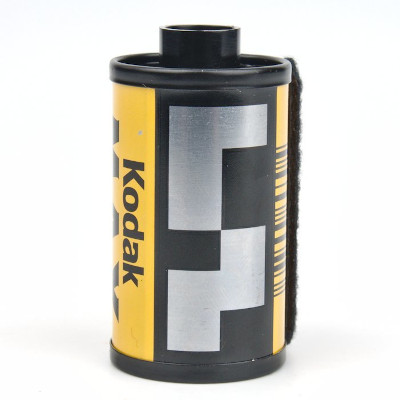
Most new 35mm film sold currently has DX encoding. This allows cameras to automatically detect and set the ISO of the film put in the camera.
ASA (ISO) on the Nikon FE2 is required to be dialed in manually. As a result DX-coding will not matter.
Nikon FE2 Resources
Where to Get 35mm Film Developed?
There are a few options for where to have 35mm film processed. For a more thorough discussion of the choices take a look at my article on Where to Develop Film.
WARNING: Big box stores and pharmacies have ended developing film on site. They send film off-site to be developed by a third party. As a consequence, you won’t receive your negatives back.
- Develop Film at Home
- Use a Local Photography Lab
- Use a Mail Order Photo Lab
- Pharmacy or Big Box Store
The most straightforward choice and what I would suggest using if you’re just starting to use film is to mail your film to a photo lab to be processed and scanned. A drawback to this is that it becomes expensive if you consistently shoot film.
There are two actions that you can do to cut back on the expenses involved in using film, as long as you are shooting a medium to high volume of film.
Bulk Loading Film
Among the most well known options to reduce costs on film is to buy a roll of 100 feet of film and manually load it into canisters by hand.
All said and done, you will end up having typically around 18 canisters of 36 exposures. Expect to save 20-30% based on the film you pick.
Be aware that you’re only going to find rolls of black and white film. This is in part because black & white film is a lot easier and more cost-effective to process yourself.
Home Developing and Scanning
All film can be developed at home. It is an intelligence method to cut costs so you can shoot more film with your Nikon FE2.
Black & white film is by far the easiest to develop at home. Developer temperature and development times are both not as crucial to do correctly with black and white film as time and temperatures are for slide or color negative.